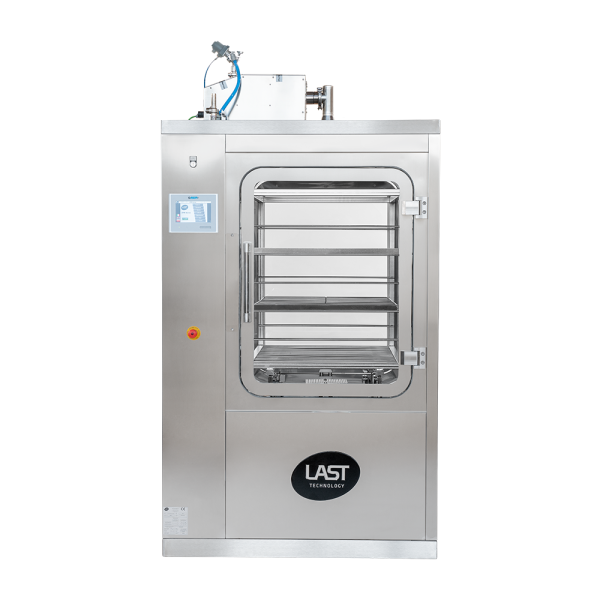Predefined and custom programmes for all needs. The machine process is developed by our Automation department according to current regulations/standard and the type of product being decontaminated. A product that must be moved from a dirty environment to a clean one, and vice versa, by means of a hydrogen peroxide (H2O2) decontamination cycle. The process is developed to ensure an even gas distribution and reduced throughput times.
DPB TYPE
cGMP BIO-DECONTAMINATION PASS-BOXES
DPB TYPE
cGMP BIO-DECONTAMINATION PASS-BOXES
The DPB Series machines are designed to decontaminate thermolabile materials, such as plastic syringe trays, electronic components, pre-sterilised material, disinfectants, etc.
SOLIDS AND SEMI-SOLIDS
AIR + HYDROGEN PEROXIDE
20°C – 30°C
- Square or rectangular cross-section washing chamber and hatches (doors).
- Chamber and doors made of AISI 316L stainless steel.
- All the edges are rounded to ensure excellent surface hygiene.
- U-shaped reinforcements welded on the outside of the chamber ensure the chamber stability.
- The internal ventilation system ensures that the hydrogen peroxide is optimally distributed on the load.
- Catalytic chamber degassing system.
- The pass box chamber is placed on a tubular-type base to evenly distribute the weight on the floor.
- The loading cart insertion and removal guides are placed on the bottom of the chamber. These guides are also height-adjustable.
- Two 1.5” tri-clamp ferrules are welded to the chamber for validation purposes.
- All of the chamber’s internal surfaces are mechanically polished and then undergo chemical degreasing, pickling and passivation treatments. Surface finish ≤ 0.35 micron.
- The chamber can be installed at floor level or in a pit (depending on the size).
- The unloading door is designed to be connected to the walls of the cleanrooms (“Bio-seal” interface).
mail
Subscribe to our newsletter
Stay up to date with the latest news from LAST Technology















